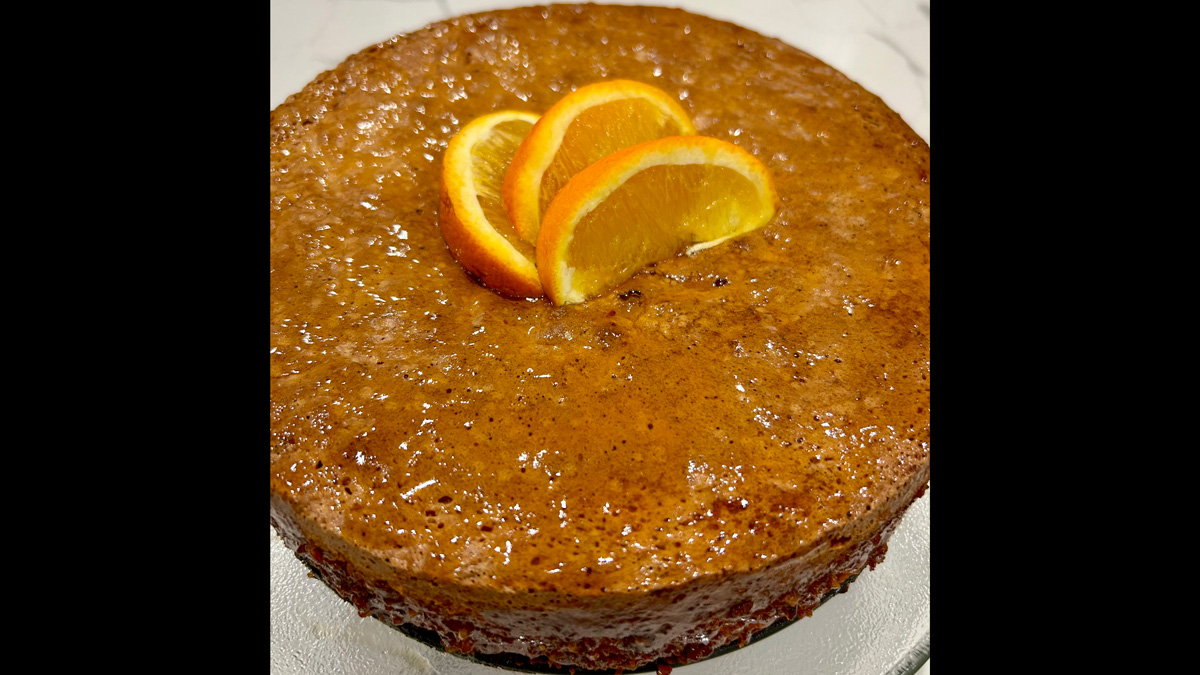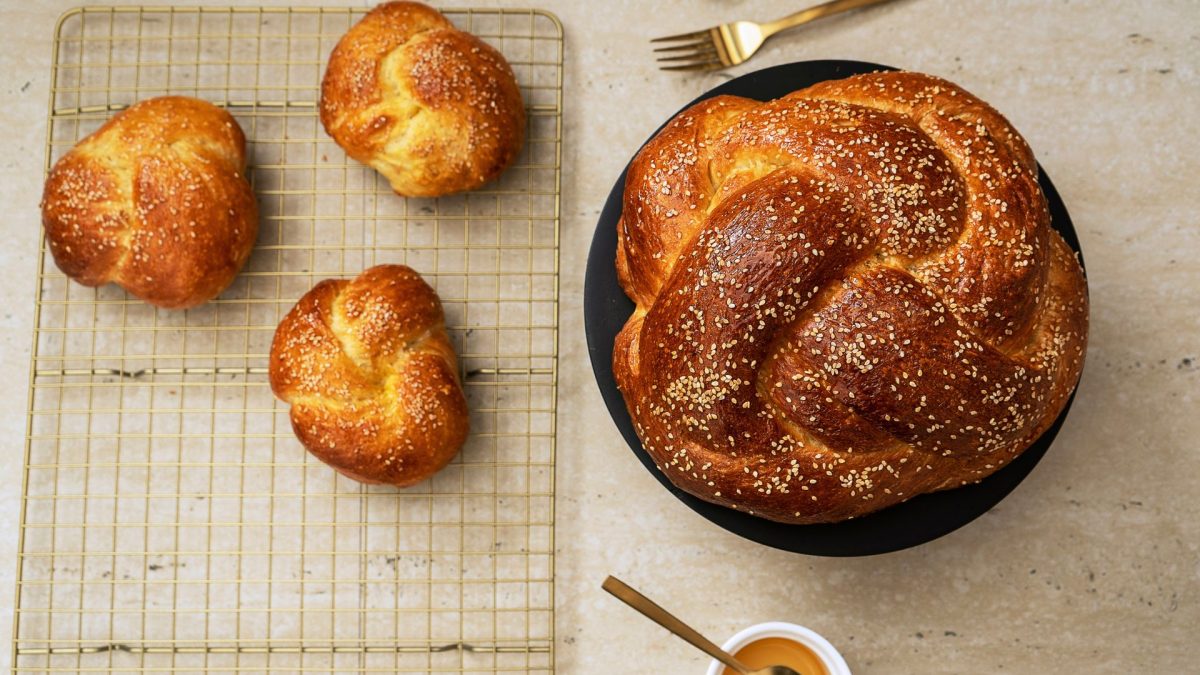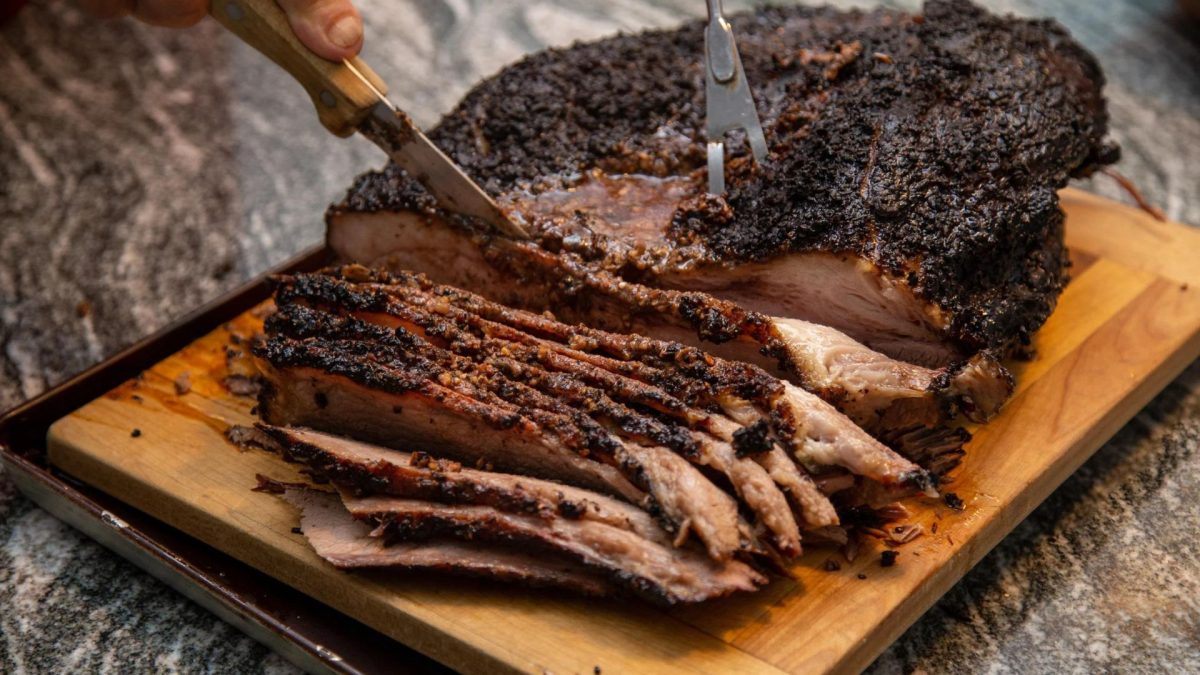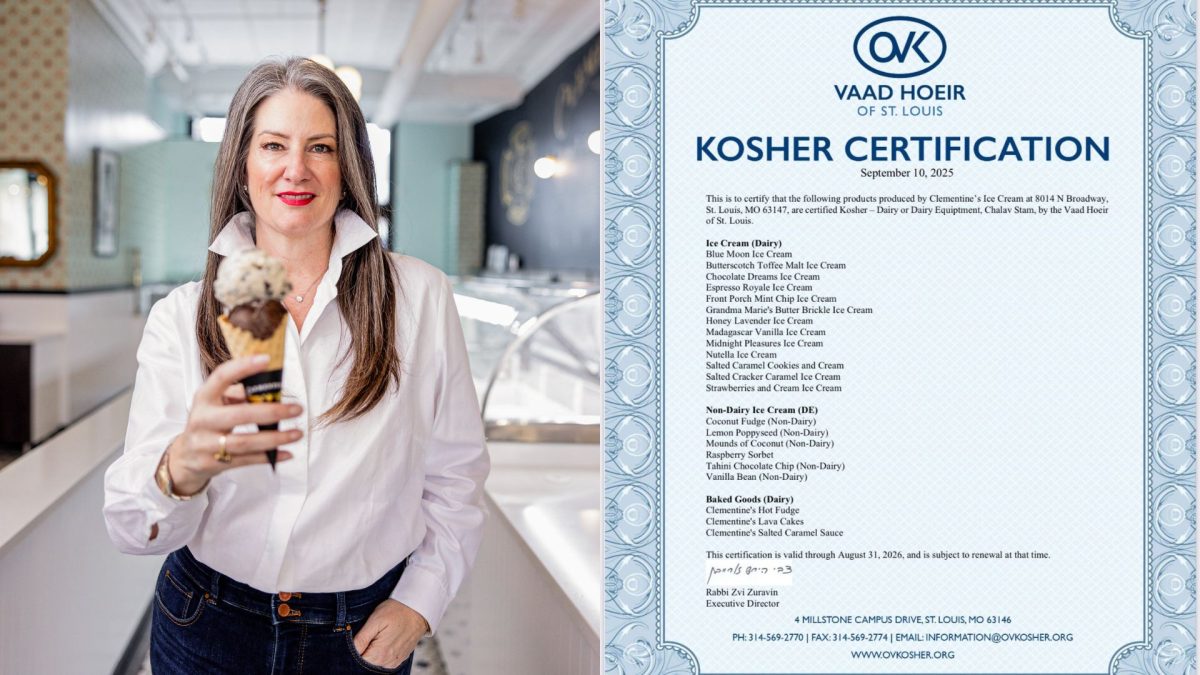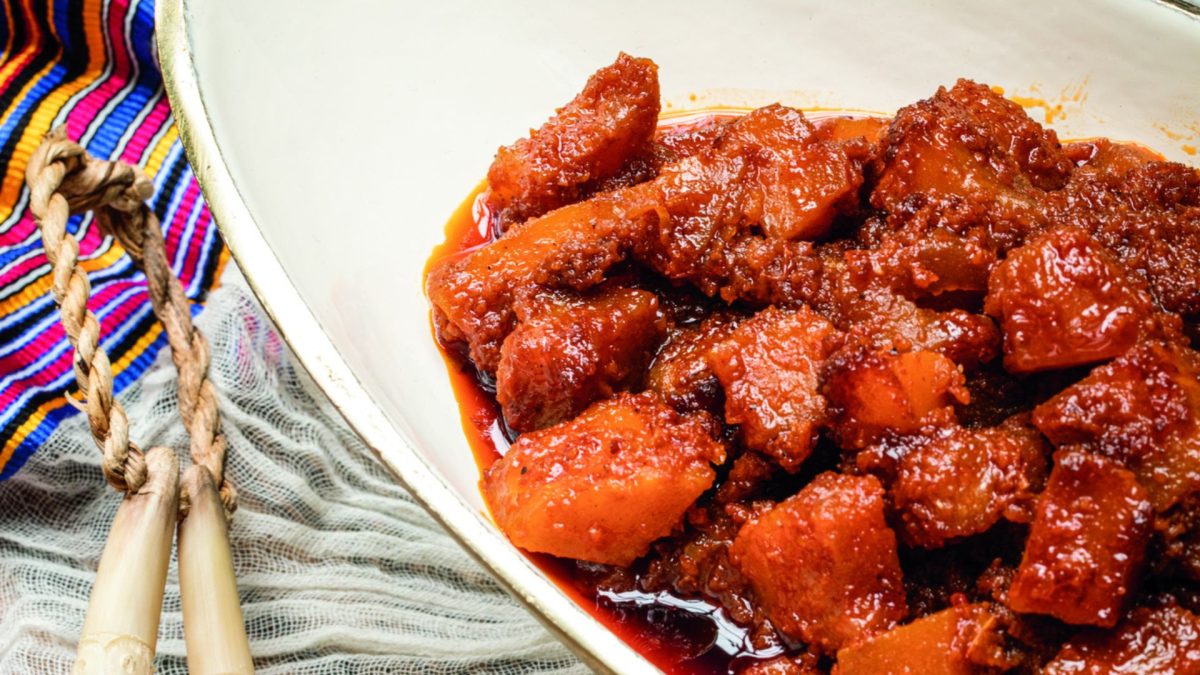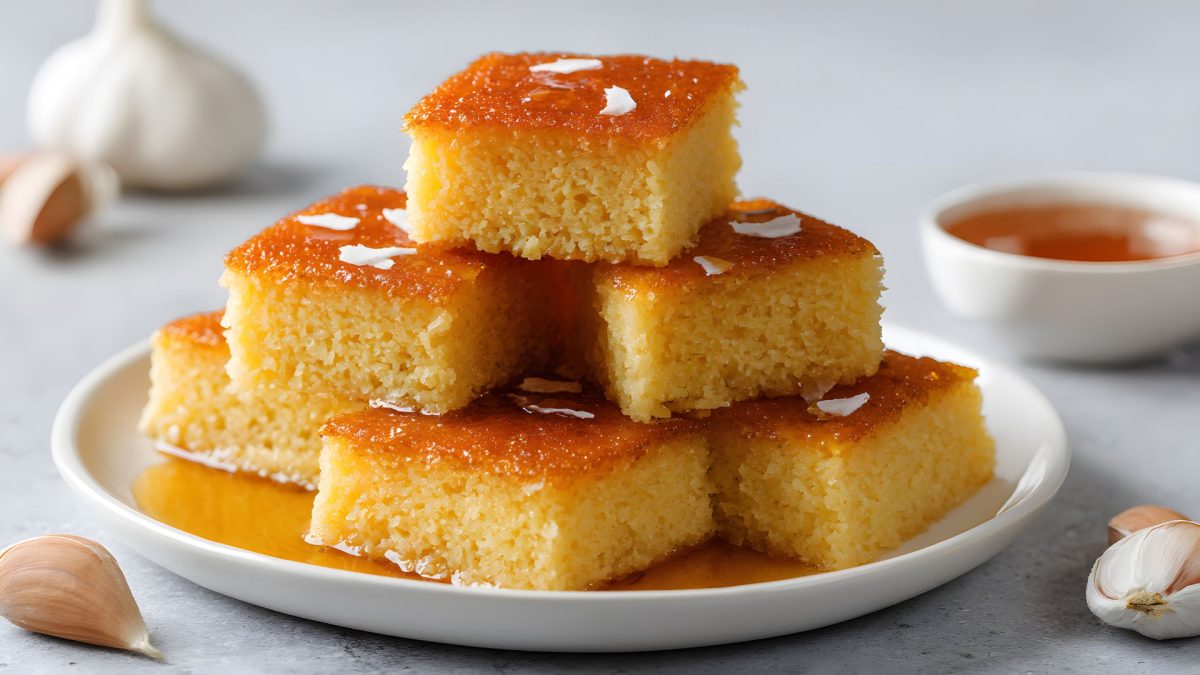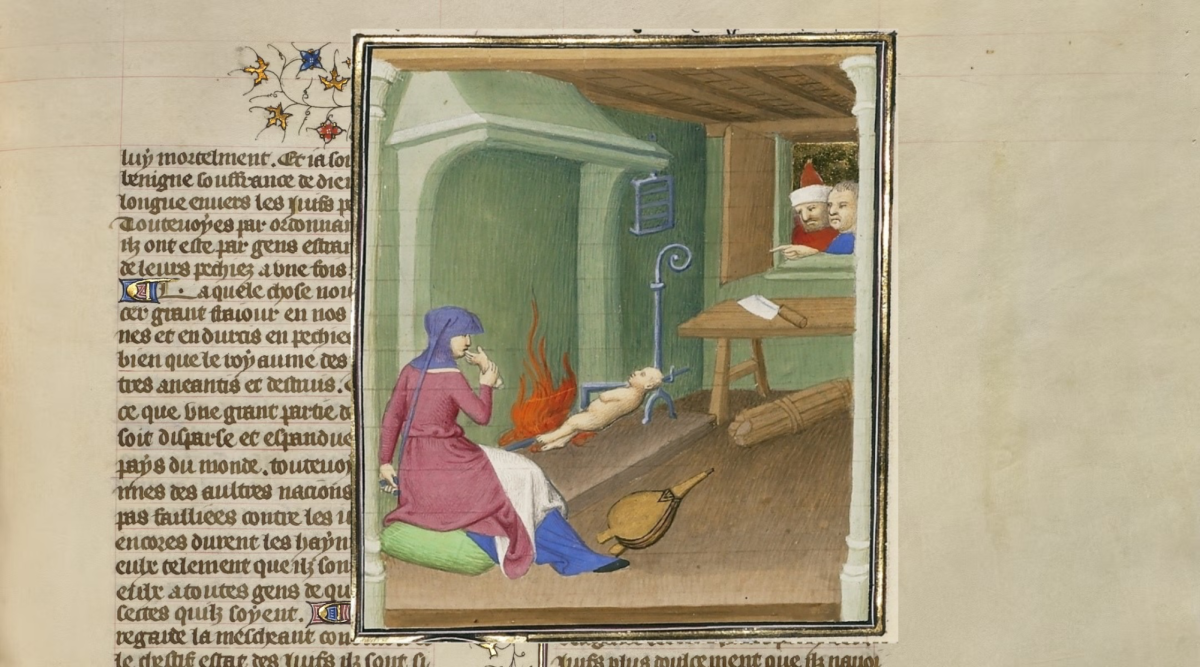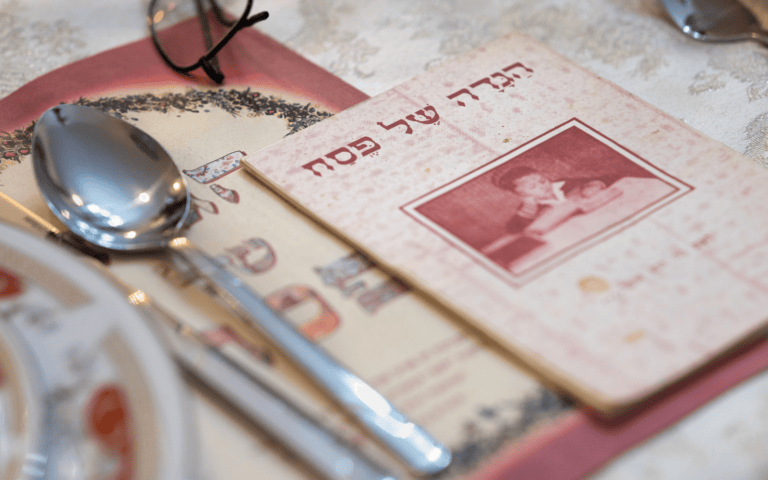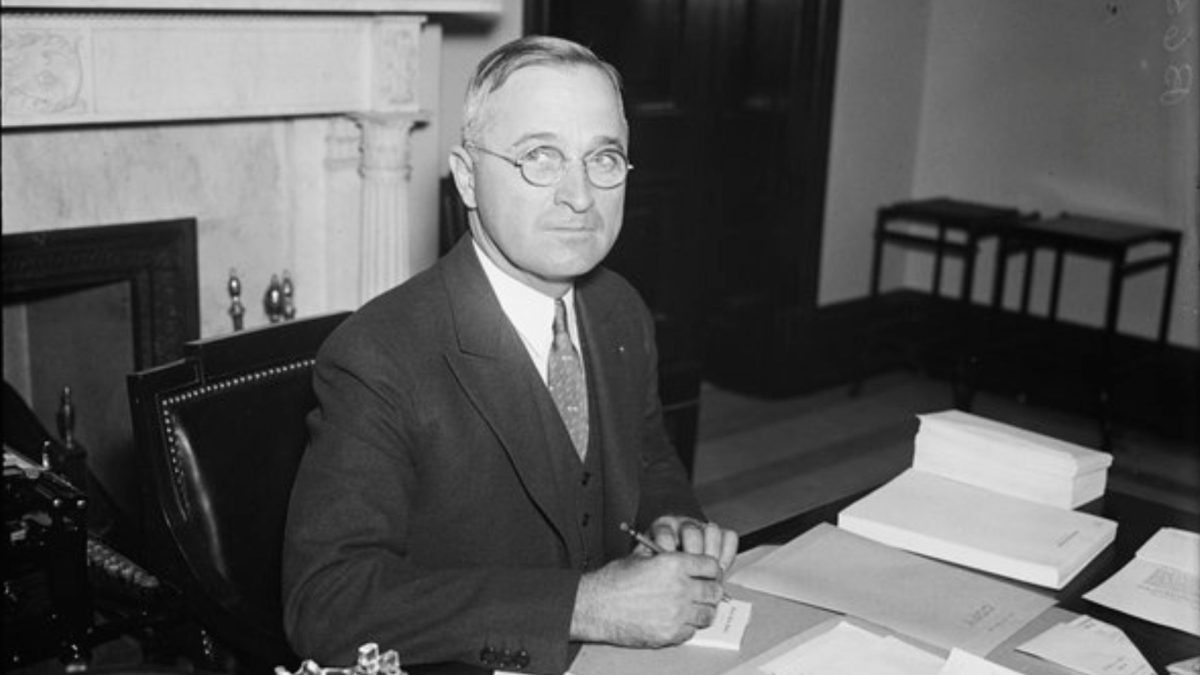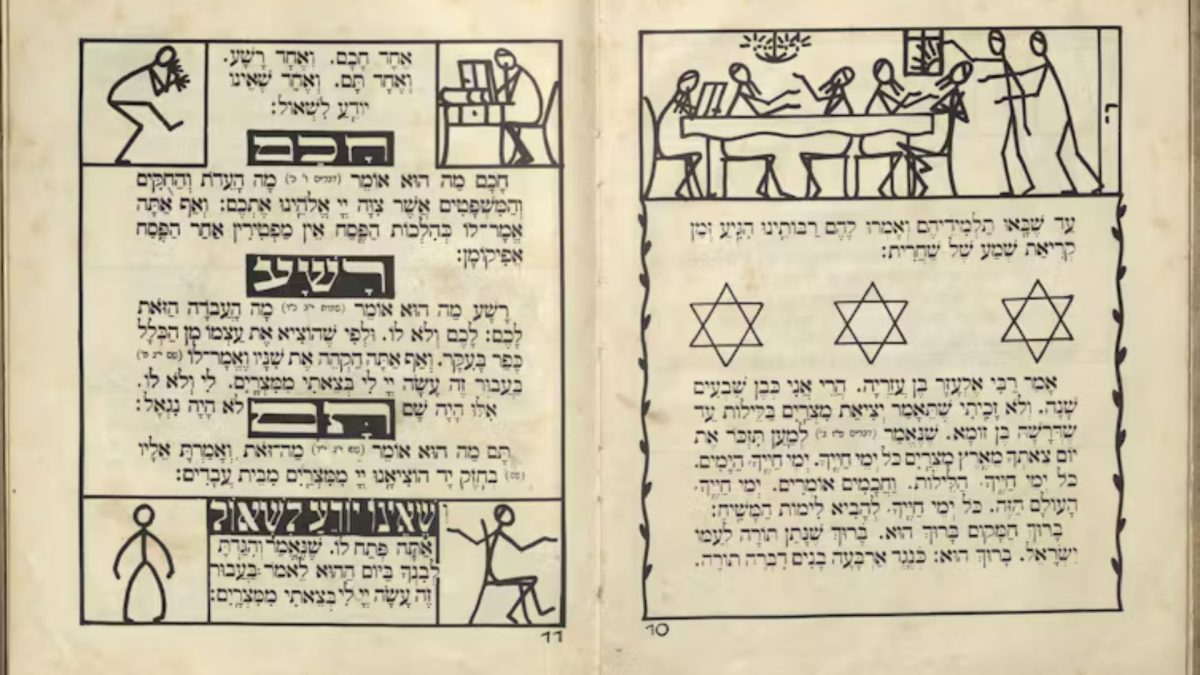Many are surprised to learn that the menus for traditional Passover meals vary widely within the Jewish world.
For example, the traditional Sephardic Passover dishes might include Kodrero con Ajo Fresco (lamb with green garlic), Berenjena (savory eggplant stew), Fish chraime (fish in tomato sauce), Veal Breast Stuffed with Spiced Ground Meat, Apyo (braised celery root), and Tishpishti (orange-flavored nut cake with orange syrup).
By contrast, the traditional Mizrahi Passover dishes might include Tbit (chicken stuffed with rice), Oshi masozgoshak (traditional Bukharian soup), Nargesi (Persian egg pie with spinach and tiny meatballs), and Helwat Al Yaktin (Libyan butternut squash pudding).
ADVERTISEMENT
But where, you may wonder, are the brisket and the chicken soup with matzah balls and the carrot tzimmes and gefilte fish and potato kugel? That is a question most of us here in America would ask. That’s because these are the traditional Passover dishes of the Ashkenazi Jews, who comprised more than 94% of the 2.8 million Jews who immigrated to the United States between 1870 and 1930.
In keeping with the “questions” on Passover, why are these Ashkenazi dishes so different, and why are they the one that are most familiar? The differences cannot be found in the laws of kashrut, which are integral to all Jewish culinary traditions, whether Sephardic, Mizrahi or Ashkenazi. These dietary laws are written in our religion’s sacred texts and inform Jewish culinary traditions worldwide. However, the cultural and regional differences between these three groups have been crucial to shaping each of their cuisines.
Because Sephardic Jews come from more temperate climates—Spain, Portugal and the Spanish and Portuguese diaspora—their cuisines incorporate a great deal of olive oil and an abundance of fresh vegetables, dried beans, lentils, dried fruits and rice. Lamb, not brisket, is the traditional main dish at a Sephardic Passover seder.
Also on Passover, Sephardic Jews include beans, corn, lentils and rice in their holiday fare. Ashkenazi Jews refer to these items as kitniyot,and classify them as the foods forbidden on Passover (chametz)– along with wheat, barley and oats, and thus do not include them in their Passover meals.
ADVERTISEMENT
By contrast, Mizrahi Jews are a desert people from Iran (Persia), Lebanon, Israel (Palestine), Syria and countries in North Africa such as Morocco, Tunisia and Algeria. Their cuisine includes a large variety of fresh and dried fruits and vegetables, bulgur (cracked wheat) and couscous. Additionally, the food of Mizrahi Jews incorporates a variety of spices, including cinnamon, cassia, cardamom, ginger, pepper, nutmeg, star anise, clove and turmeric, many of which were traded along the Silk Road through Persia. The main dish for a Passover seder would more likely be lamb or veal, and the matzos round rather than square. Mizrahi Jews also include kitniyot during Passover.
Ashkenazi Jews are from Central and Eastern Europe, and it is their culinary traditions that are most prevalent in America. The Ashkenazi diet was based on root vegetables, such as potatoes, turnips, beets, and carrots and grains such as barley and rye. All these crops could grow under less than favorable weather conditions and be stored throughout the long winter months in Eastern Europe.
Poultry was expensive and generally saved for special holidays or for the Sabbath meal each week. Tough cuts of meat such as brisket or flanken were most popular. Though they required long cooking time to become tender, they were less expensive and somewhat more affordable for poorer families trying to prepare a Passover meal.
Indeed, the poverty of most Ashkenazi Jews can be seen in many of their traditional dishes. Liver, tongue and other organ meats, which were also deemed inferior by wealthier gentiles, found their way onto the dinner tables of the Ashkenazi Jews, who also pickled root vegetables such as beets and turnips, and meats such as brisket, tongue and herring.
Goose and chicken livers were cooked and chopped with caramelized onions, hardboiled eggs, and schmaltz (rendered chicken or goose fat) to create gehakte leber, the iconic chopped liver. They also used intestines to create kishke, a savory sausage-like filled delicacy stuffed with flour, onions and spices, although on Passover matzah meal took the place of flour. Truly a people living under a strict budget.
Most Ashkenazi immigrants settled in New York City, others in east coast cities and cities in the Midwest such as Minneapolis, Cincinnati and St. Louis, and in the South.
From 1870 on, the popularity of Ashkenazi cuisine began to rise in New York City and gradually throughout the Midwest and South. Early on, the new immigrants would sell their knishes, bagels, pickled herring, and sausages from street carts. Today, so much of Ashkenazi food has become popular in both Jewish and gentile circles. Examples of these Ashkenazi foods that have gone mainstream include bagels, rugelach, babka, matzah ball soup and even our Passover brisket.
As is the case with any immigrants who adapt their cuisine to their new homes, so did the Ashkenazi Jewish immigrants. While honoring the laws of kashrut, they adapted their recipes to incorporate local ingredients and new methods of preparation, making today’s Passover dishes feel more American than what their ancestors once served back in Eastern Europe.
As an example, I am including a fabulous recipe for a Passover brisket by a friend of mine, Linda Barter, senior sales consultant for Food for Thought. She has been making this same brisket for more than a decade, and our family has been enjoying it as guests at their seders for the past three years. Portobello mushrooms, cranberries and fresh rosemary are Linda’s additions to this Ashkenazi traditional Passover brisket.
Margi Lenga Kahn is the mother of five and grandmother of ten. While teaching virtual cooking classes and preparing meals for the local “Meals on Wheels” program, she continues to work on a project to preserve the stories and recipes of heritage cooks. She welcomes your comments and suggestions at [email protected].
Recipe: Mehren und Mandlen Torte (Carrot and Almond Torte)
The following is a recipe for a delicious Passover cake I adapted from my dear friend and cookbook author, Rabbi Robert Sternberg. The recipe, from his book “Yiddish Cuisine,” calls for matzo meal which can be substituted by flour to make an impressive gluten-free option year-round.
Ingredients
- 6 eggs, separated
- 1 ¾ c. granulated sugar, divided
- Juice (a scant ½ c.) and finely grated zest of one large orange
- 1 lb. carrots, peeled and finely grated in a food processor or a handheld grater
- 3 c. blanched almonds, ground fine in a food processor or handheld nut-chopper
- 4 tbsp. matzo meal
- 1/3 c. golden raisins (optional)
- ¼ tsp. salt
- 3 tbsp. orange-flavored liqueur, divided
- ½ c. orange marmalade or apricot jam
- Strips of candied orange peel, for garnish (optional, see recipe below)*
- Directions
- Preheat oven to 350 degrees. Oil a 9-inch springform pan and cover the bottom with a circle of parchment paper; oil the paper.
- Beat the egg yolks in a mixer with half of the sugar, about 191 g. until frothy. Add orange juice and zest and continue beating until mixture is fluffy.
- Add grated carrots, ground almonds, matzah meal, raisins (if using), salt, and 1 tbsp. orange liqueur. Mix gently until everything is thoroughly combined; set aside.
- In a medium bowl, beat egg whites until soft peaks form. While beating, gradually add the remaining half of the sugar (about 191 grams) until stiff peaks form.
- Using a spatula, gently fold the egg-white mixture into the cake batter in 3 parts. Fold until all the egg white disappears.
- Pour the batter into the prepared cake pan and set pan onto a baking sheet. Bake in preheated oven for 55-65 minutes, or until a toothpick inserted in the center comes out clean. Place the cake pan on a cooking rack- let cake cool completely in pan.
- Use a sharp knife to loosen the sides of the cake from the pan. Release the spring and lift the cake out of the pan and onto a platter.
- In a small pan, combine the orange marmalade and the remaining 2 tbsp. of liqueur. Heat mixture to bubbling, stirring just until marmalade is dissolved. Spoon the glaze on the top and sides of the cake; let cool until set. Slice to serve.
Makes 8-10 servings.
*Candied Orange Peels
Use a peeler to carefully remove long strips of orange rind from 1 large orange. (Try to avoid the white pith, which will make the strips a bit bitter.) Cut the strips into ¼-inch thin strips; set aside.
Fill a small pan a quarter of the way up with water; add the strips and bring to a boil; boil for 2 minutes. Drain the strips in a colander and repeat the process 2 more times.
Bring 1½ c. water and 1½ c. granulated sugar to a boil; add drained orange strips. Reduce heat and simmer for 15-20 minutes, or until the peels are tender.
Drain peels in a colander. Place ½ c. granulated sugar in a small bowl and toss strips, a few at a time, in the sugar. Place the coated orange strips on a sheet of wax paper and let dry for an hour or two at room temperature.
Once dried, the strips can be frozen in a zip-lock bag for a couple of months. They make a lovely garnish for cakes, cupcakes, and even savory dishes!
Brisket with Portobello Mushrooms and Dried Cranberries
(Recipe adapted from Bon Appetit, 1998)
Ingredients
- 1 c. dry red wine
- 1 c. canned beef or chicken broth
- ½ c. frozen cranberry juice cocktail concentrate, thawed
- 1/4 c. matzo meal
- 1 large onion, peeled and sliced
- 4 large garlic cloves, peeled and finely minced
- 1½ tbsp. chopped fresh rosemary
- 1 4-lb. trimmed flat-cut brisket
- Salt and pepper, to taste
- For reheating:
- 1 lb. portobello mushrooms, dark gills scraped away, and mushroom caps thinly sliced
- 1 c. (4 oz.) dried cranberries
- Directions
Preheat oven to 300 degrees. In a medium bowl, whisk together wine, broth, thawed cranberry concentrate, and matzo meal. Pour mixture into a 15x10x2-inch roasting pan. Evenly sprinkle in onion, garlic, and rosemary.
Sprinkle both sides of the brisket with salt and pepper, to taste. Set brisket, fat side up, in the roasting pan. Spoon some of the wine mixture over the brisket and cover the pan tightly with heavy duty aluminum foil.
Bake brisket until very tender, about 3 1/2 hours, basting every hour with pan juices. Transfer brisket to a plate to cool for 1 hour at room temperature. Thinly slice brisket across the grain and neatly arrange the slices, slightly overlapping, in the pan. Cover pan with aluminum foil and refrigerate for 2 days.
To serve, preheat oven to 350 degrees. Uncover pan and evenly distribute the sliced mushrooms and dried cranberries in the sauce around the meat. Heat for 35-40 minutes, or until mushrooms are tender and brisket is heated through.
5. Arrange brisket slices on a serving platter and pour some of the juices on top. Pass remaining juices in a gravy dish.
Makes 8 servings.



